

Vilnius University
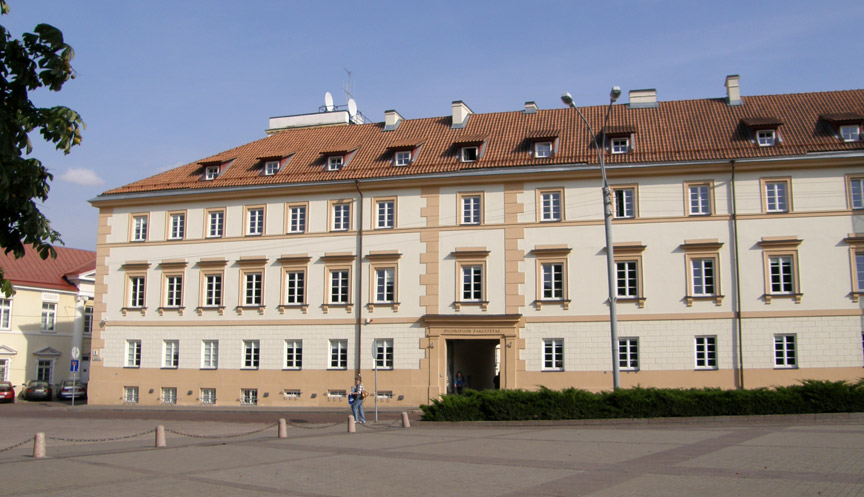
Vilnius University
Vilnius University (Lithuanian: Vilniaus Universitetas), formerly known as Vilnius State University, earlier - Stefan Batory University and before that Almae Academia et Universitas Vilnensis Societatis Jesu), is one of the oldest universities in Eastern Europe and the largest university in Lithuania.
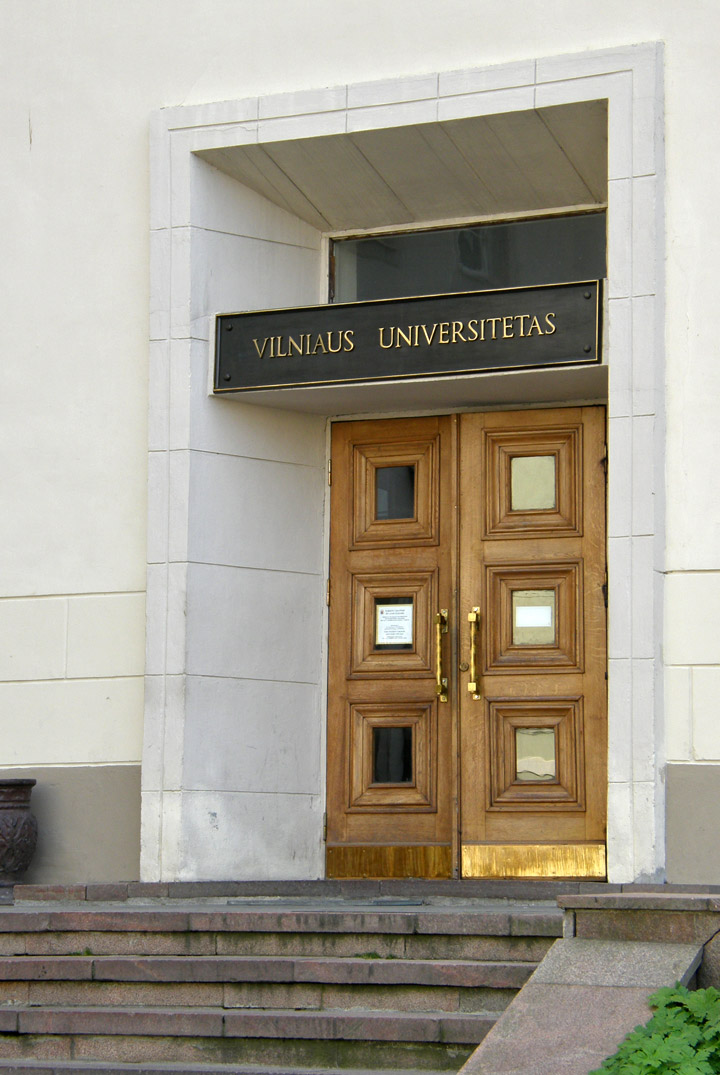
In 1568, the local nobility (szlachta) asked the Jesuits to open an academy
either in Vilnius (Wilno) or Kaunas. The following year Walerian Protasiewicz,
the bishop of Vilnius, purchased several houses in the city centre and started
the Vilnian Academy (Almae Academia et Universitas Vilnensis Societatis Jesu).
Initially, the Academy had three divisions: humanities, philosophy, and
theology. The first students enrolled in the Academy in 1570. A university
library was established in the same year; its books were mostly donated by the
founder.
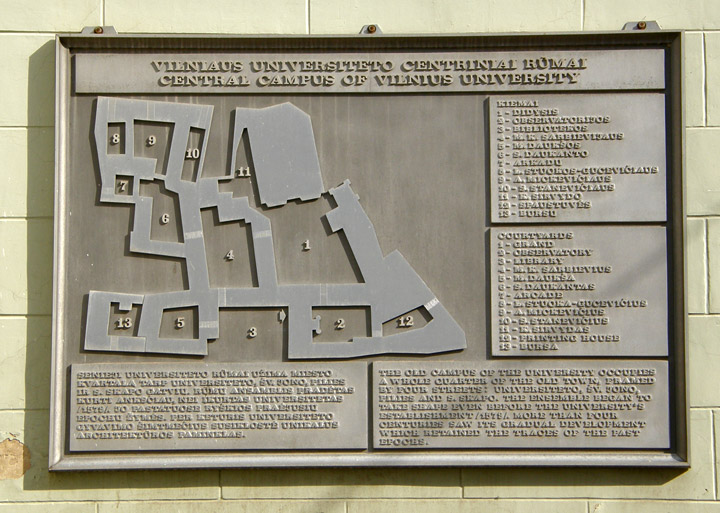
On April 1, 1579, Grand Duke of Lithuania and King of Poland Stefan Batory, as a
revard of his recognition as a Grand Duke of Lithuania instead of Holy Roman
Empire emperor Maximilian II, upgraded the academy and granted it equal rights
with the Jagiellonian University of Kraków, creating the Almae Academia et
Universitas Vilnensis Societatis Jesu. His edict was approved by Pope Gregory
XIII's bull of October 30, 1579. The first rector of the Academy was Piotr
Skarga. He invited many notable scientists from all over Europe and expanded the
library, with the sponsorship of many notable persons: Sigismund II Augustus of
Poland, Bishop Walerian Protasewicz, and the Marshal of the Crown, Kazimierz Lew
Sapieha.

In 1575, Duke Mikołaj Krzysztof Radziwiłł and Elżbieta Ogińska sponsored a
printing house for the academy, one of the first in the region. The printing
house issued books in Latin and Polish where the first surviving book in
Lithuanian printed in the Grand Duchy of Lithuania was printed in 1595. It was
entitled Kathechismas, arba Mokslas kiekvienam krikčioniui privalus, and was
authored by Mikalojus Dauka.
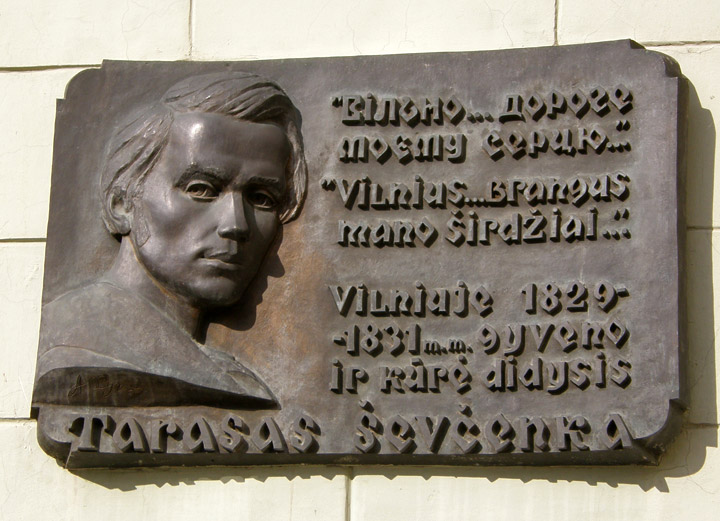
The Academy's growth lasted until the 17th century. The following era, known as
The Deluge, led to a dramatic drop in both the number of students that enrolled
and in the quality of its programs. In the middle of the 18th century,
educational authorities tried to restore the Academy. This led to the foundation
of the first observatory in the Polish-Lithuanian Commonwealth, (the fourth such
professional facility in Europe), in 1753, by Tomasz Żebrowski. The Commission
of National Education (Komisja Edukacji Narodowej), the world's first ministry
of education, took control of the Academy in 1773, and transformed it into a
modern University. Thanks to the Rector of the Academy, Marcin
Poczobutt-Odlanicki, the Academy was granted the status of Principal School (Szkoła
Główna) in 1783. The Commission, the secular authority governing the academy
after the dissolution of the Jesuit order, drew up a new statute. The school was
named Academia et Universitas Vilnensis.
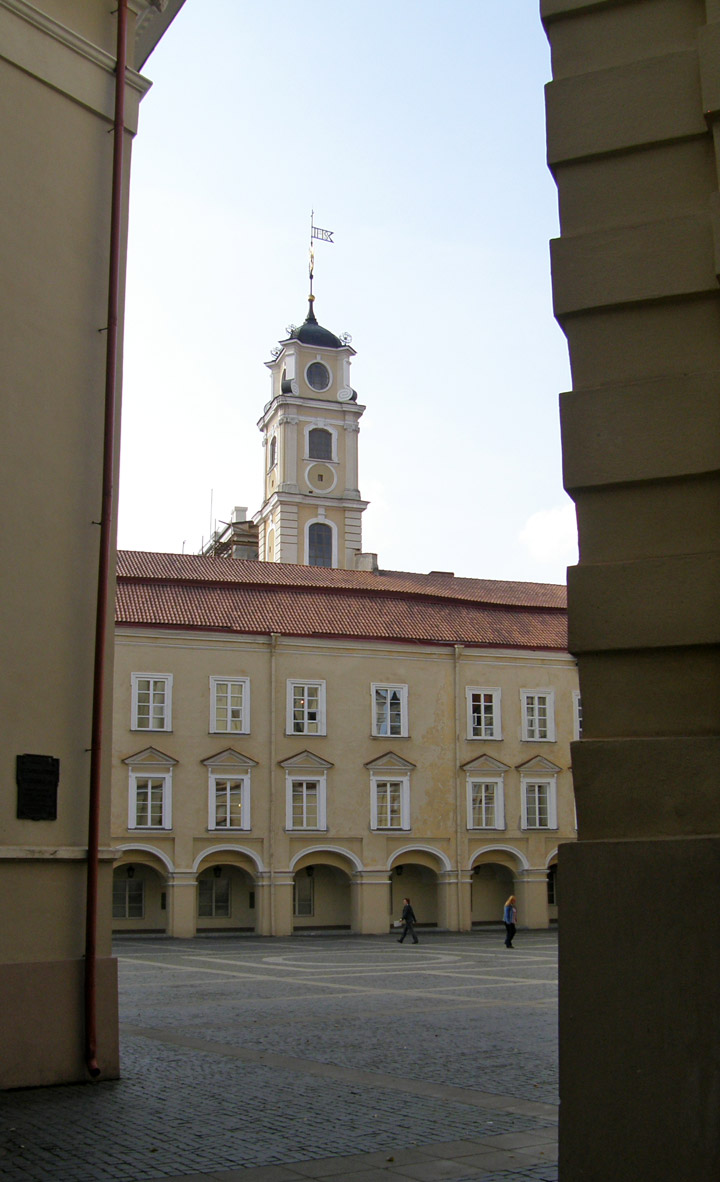
university courtyard
After the Partitions of Polish-Lithuanian Commonwealth, Vilnius (Wilno) was annexed by the Russian Empire. However, the Commission of National Education retained control over the Academy until 1803, when Tsar Alexander I of Russia accepted the new statute and renamed the Academy to The Imperial University of Vilna (Императорскiй Виленскiй Университетъ). The institution was granted the rights to the administration of all educational facilities in the former Grand Duchy of Lithuania. Among the notable personae were the curator (governor) Adam Jerzy Czartoryski, and Rector Jan Śniadecki.

The University flourished. By 1823, it was one of the largest in Europe; the
number of students exceeded that of the Oxford University. A number of students
were arrested in 1823 for conspiracy against the Tsar (membership in Filomaci).
Among them was Adam Mickiewicz, who later became one of the most important poets
of his time. In 1832, after the November Uprising, the University was closed by
Tsar Nicholas I of Russia.

Two of the faculties were turned into separate schools: the Medical and Surgical
Academy (Akademia Medyko-Chirurgiczna) and the Roman Catholic Academy (Rzymsko-Katolicka
Akademia Duchowna), but those were soon banned as well. The repression that
followed the failed uprising included banning both the Polish and Lithuanian
languages, and all education in those languages was halted. Finally, most of the
property of the University was confiscated and sent to Russia (mostly to St.
Petersburg).
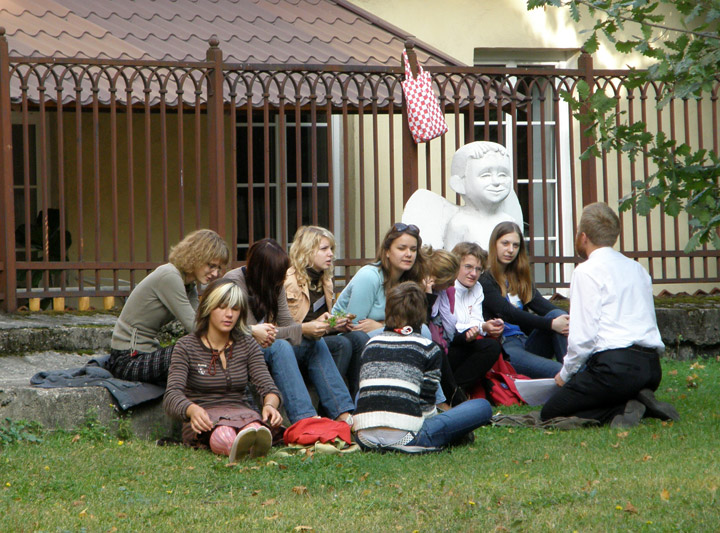
outdoor class with the Professor
After the Republic of Central Lithuania area was annexed by Poland, the Vilnian Academy was renamed Stefan Batory University (Uniwersytet Stefana Batorego) on August 20, 1919, by the act of Józef Piłsudski. The University quickly recovered and gained international prestige, largely because of the presence of notable scientists such as Władysław Tatarkiewicz, Marian Zdziechowski, and Henryk Niewodniczański. Among the students of the University at that time was future Nobel prize winner Czesław Miłosz. The University grew quickly, thanks to government grants and private donations.

bookstore ceiling

newly created Bronze doors for the Library
Following the Invasion of Poland (1939) the University was closed. The city was soon occupied by the Soviet Union. Most of the professors returned to the university after the hostilities ended, and most of the faculties were reopened on October 1, 1939. On October 28, Vilnius was transferred to Lithuania which considered the previous eighteen years as an occupation by Poland of its capital. The University was closed on December 15, and all staff and students dismissed. In its place the new university, named Vilniaus Universitetas, was created. The new University Charter specified that Vilnius University was to be governed according to the statute of the Vytautas Magnus University of Kaunas, and that Lithuanian language programs and faculties would be established. Lithuanian language was named as the official language of the university. Soon after the annexation of Lithuania by the Soviet Union, most of the Polish and Lithuanian professors who were deemed reactionary were arrested and sent to prisons and gulags in Russia and Kazakhstan.

The city was occupied by Germany in 1941, and all institutions of higher
education for non-Germans were closed. However, the remaining Polish professors
organized a system of secret education with lectures and exams held in private
flats. The diplomas of the underground Universities were accepted by many Polish
Universities after the War. In 1944, many of the students took part in Operation
Ostra Brama. The majority of the them were later arrested by the NKVD and
deported to the Soviet Union.
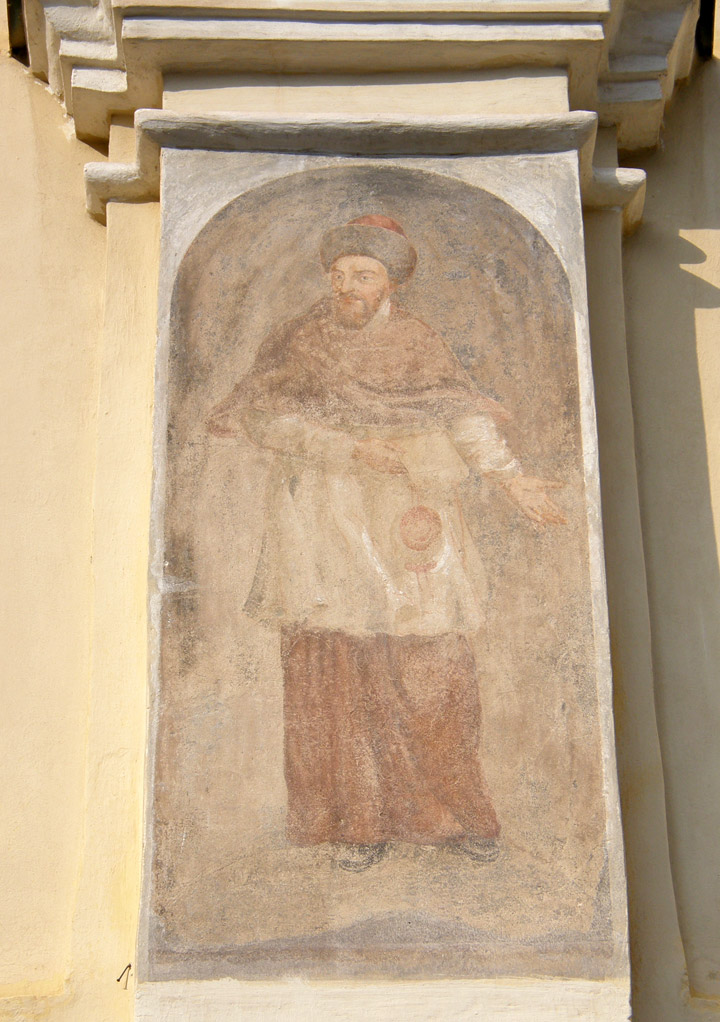
Together with the expulsion of the Germans in 1945-1948, the remnants of faculty
and students of Polish heritage that survived the war were expelled from the
city, as the entire Polish population of Kresy were ordered to relocate to the
Regained Territories. Many of them joined various universities in Poland. In
order not to lose contact with each other, the professors decided to transfer
whole faculties. After 1945, most of the mathematicians, humanists and
biologists joined the Nicolaus Copernicus University in Toruń, while a number of
the medical faculty formed the core of the newly-founded Medical University of
Gdańsk. The Toruń university is often considered to be the successor to the
Polish traditions of the Stefan Batory university.


In 1955 the University was named after Vincas Kapsukas. After it had been
awarded the Order of the Red Banner of Labour in 1971 and the Order of
Friendship of Peoples in 1979, its full name until 1990 was Vilnius Order of the
Red Banner of Labour and Order of Friendship of Peoples V. Kapsukas State
University. Though restrained by the Soviet system, Vilnius University grew and
gained significance and developed its own, Lithuanian identity. Vilnius
University began to free itself from Soviet ideology in 1988, thanks to the
policy of glasnost.
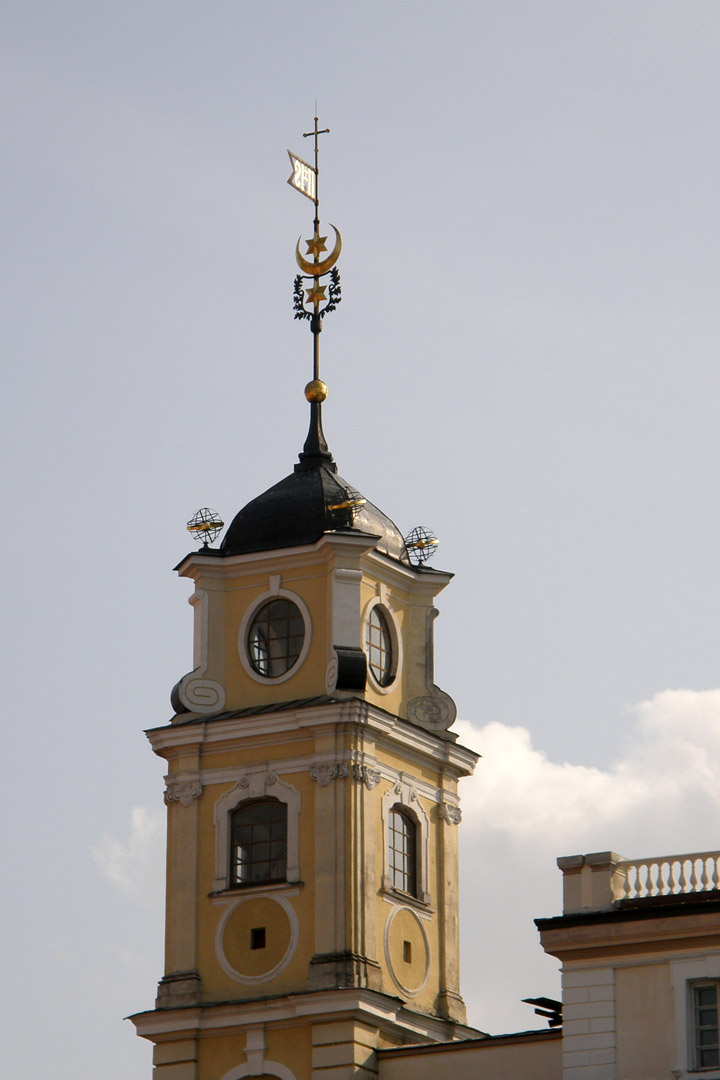
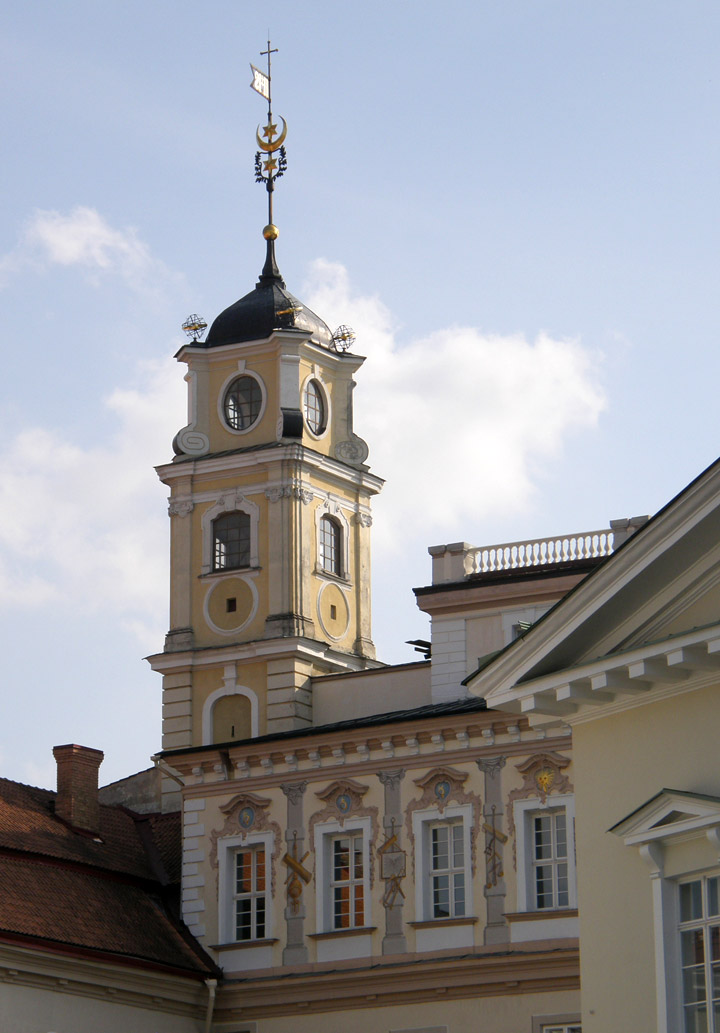
On March 11, 1990, Lithuania declared independence, and the University regained
autonomy. Since 1991, Vilnius University has been a signatory to the Magna
Charta of the European Universities. The University is a member of the European
University Association (EUA) and the Conference of Baltic University Rectors.


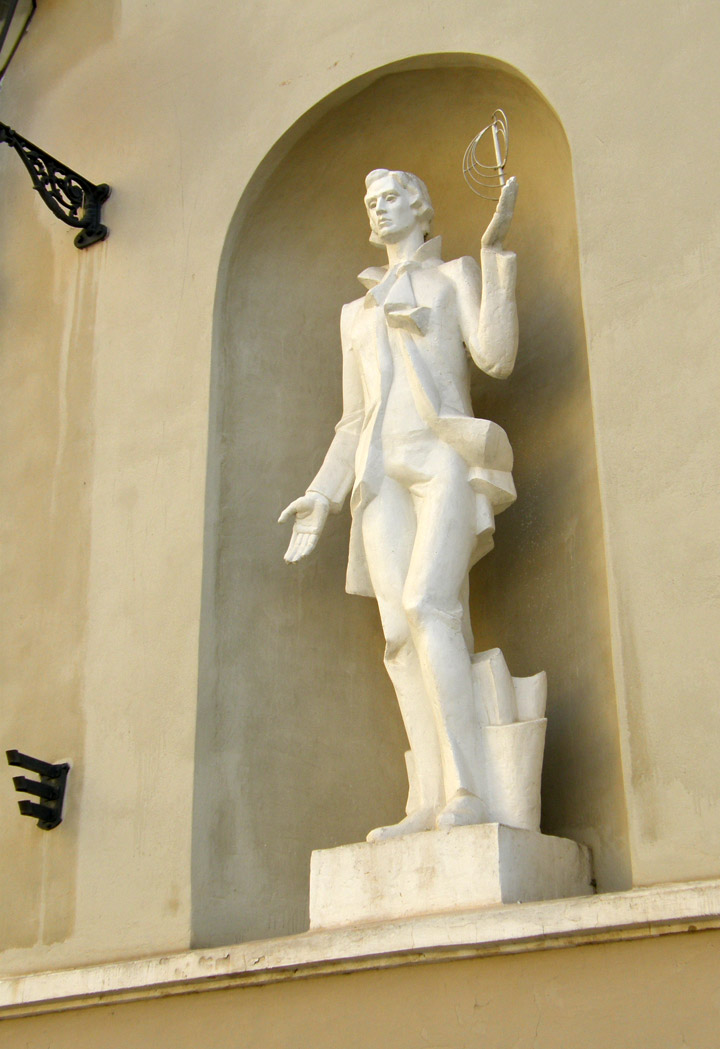
As of January 1, 2007, there were 23,255 students studying at Vilnius University
Text from Wikipedia
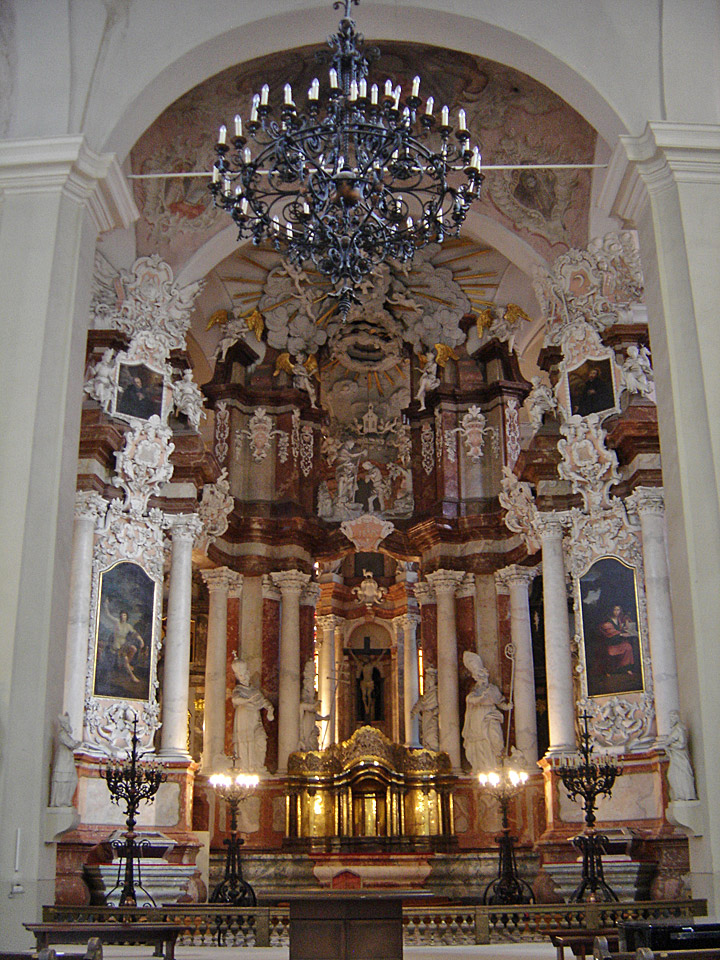
altar of SS John the Baptist and Evangelist

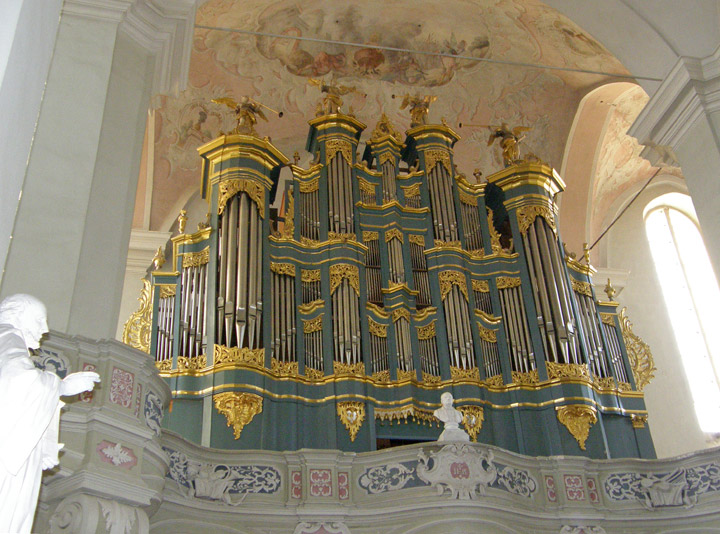
organ
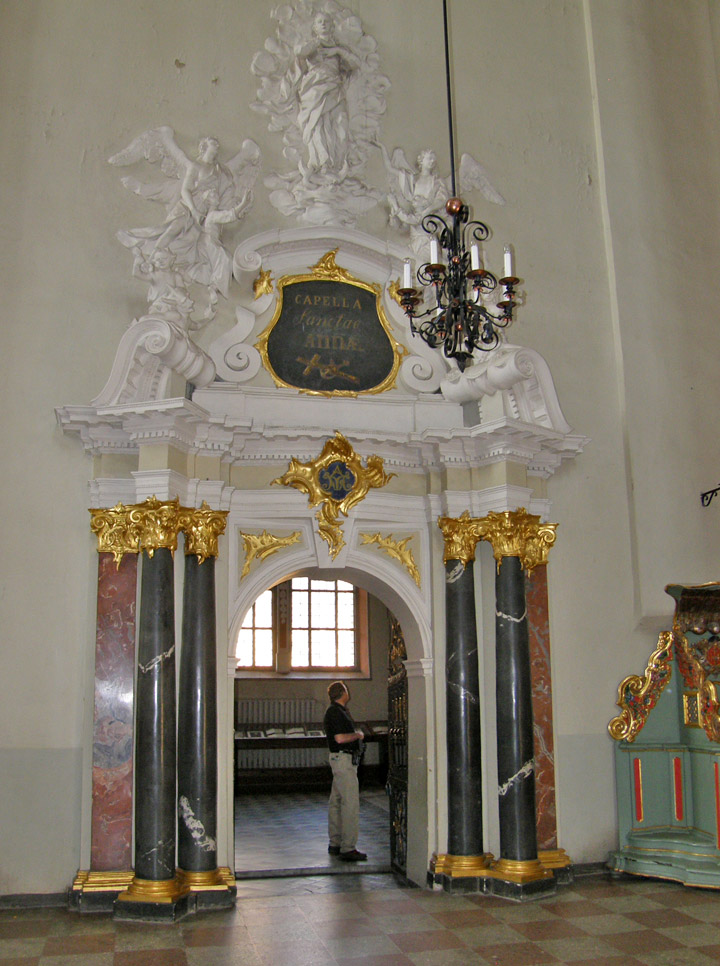
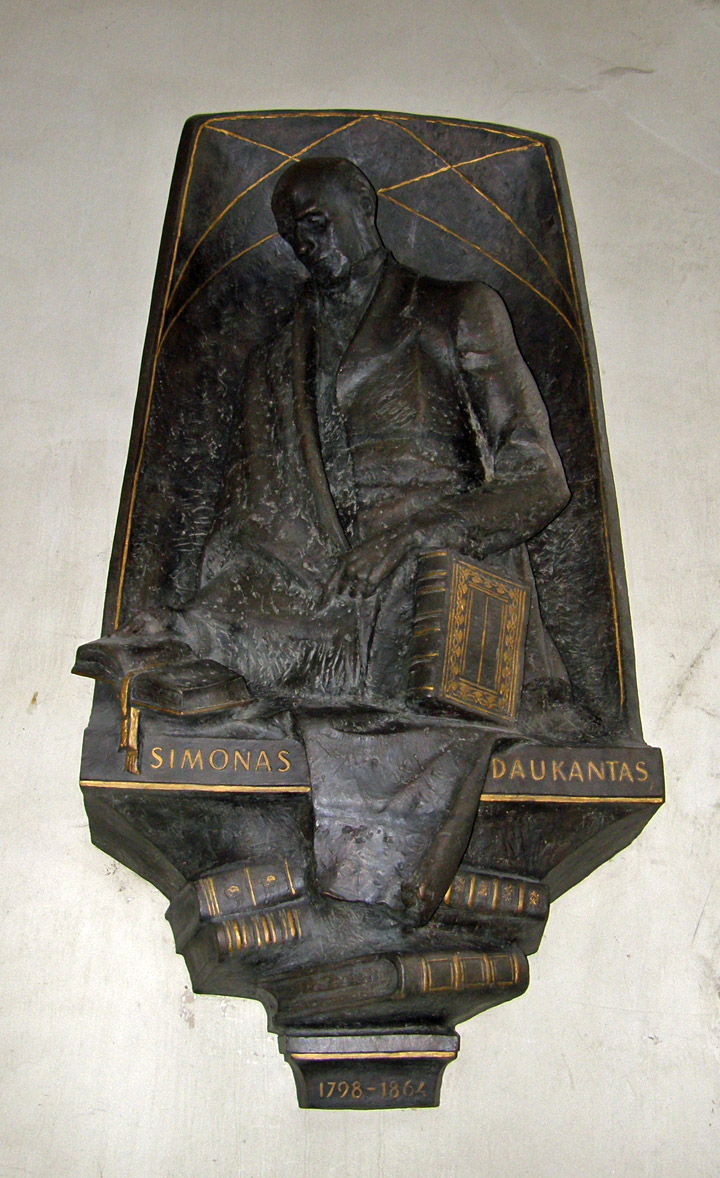
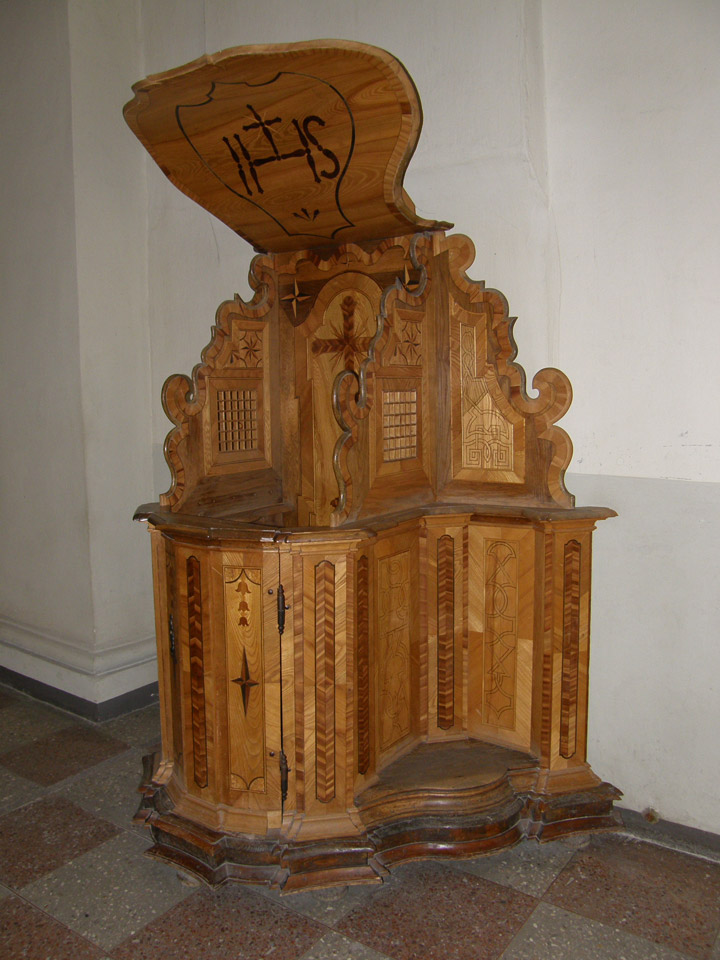

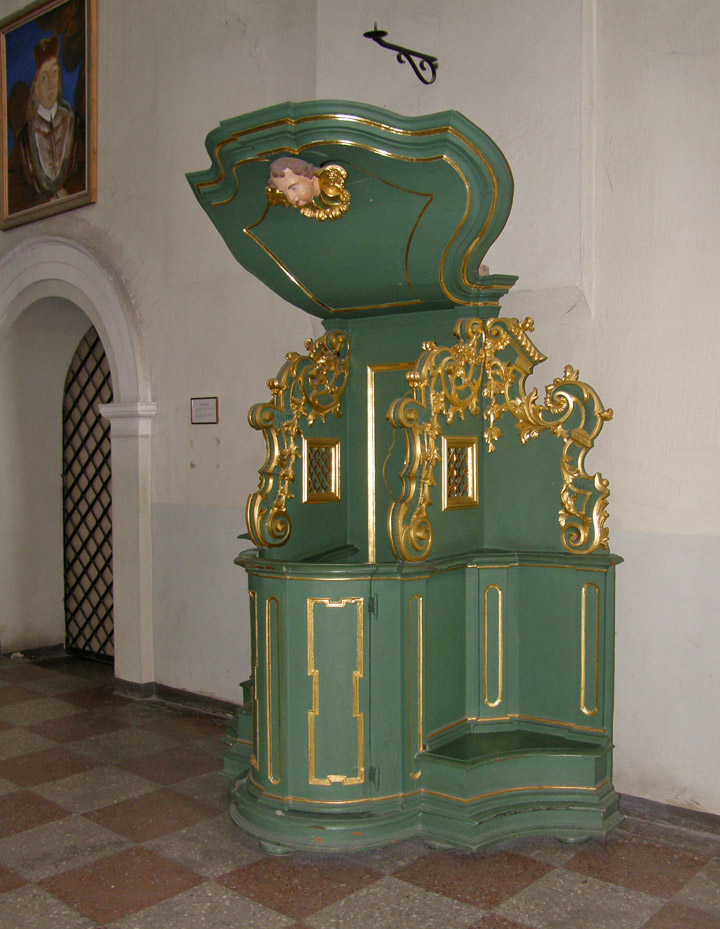
Baroque confessionals

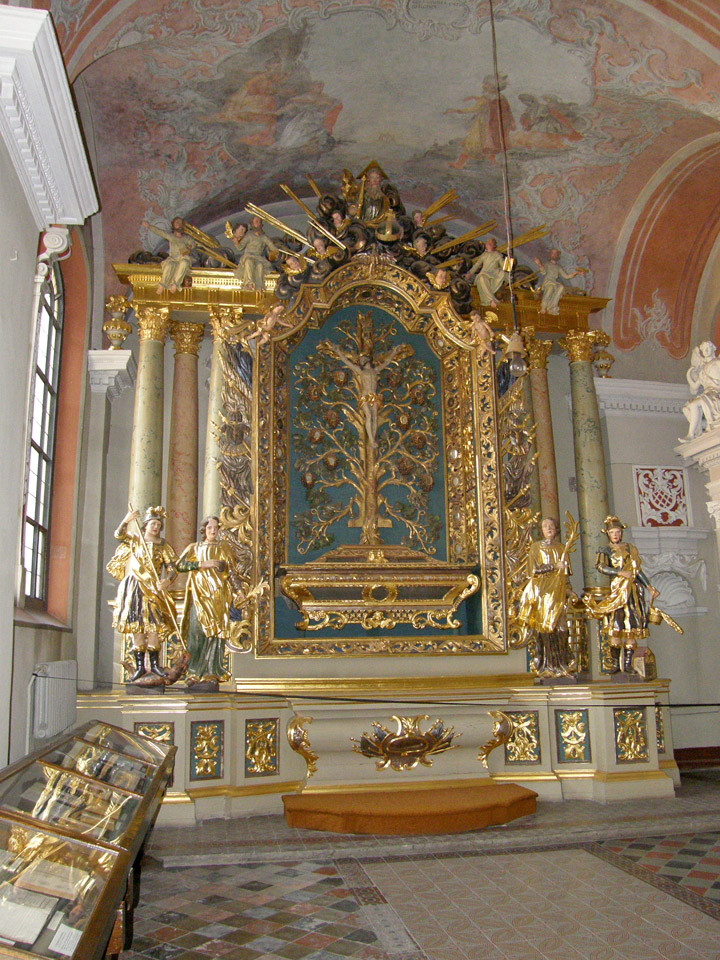
side chapel